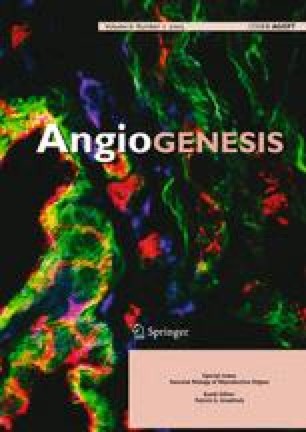Human atherosclerotic plaque transcriptomics reveals endothelial beta-2 spectrin as a potential regulator a leaky plaque microvasculature phenotype
Abstract
The presence of atherosclerotic plaque vessels is a critical factor in plaque destabilization. This may be attributable to the leaky phenotype of these microvessels, although direct proof for this notion is lacking. In this study, we investigated molecular and cellular patterns of stable and hemorrhaged human plaque to identify novel drivers of intraplaque vessel dysfunction. From transcriptome data of a human atherosclerotic lesion cohort, we reconstructed a co-expression network, identifying a gene module strongly and selectively correlated with both plaque microvascular density and inflammation. Spectrin Beta Non-Erythrocytic 1 (sptbn1) was identified as one of the central hubs of this module (along with zeb1 and dock1) and was selected for further study based on its predominant endothelial expression. Silencing of sptbn1 enhanced leukocyte transmigration and vascular permeability in vitro, characterized by an increased number of focal adhesions and reduced junctional VE-cadherin. In vivo, sptbn1 knockdown in zebrafish impaired the development of the caudal vein plexus. Mechanistically, increased substrate stiffness was associated with sptbn1 downregulation in endothelial cells in vitro and in human vessels. Plaque SPTBN1 mRNA and protein expression were found to correlate with an enhanced presence of intraplaque hemorrhage and future cardiovascular disease (CVD) events during follow-up. In conclusion, we identify SPTBN1 as a central hub gene in a gene program correlating with plaque vascularisation. SPTBN1 was regulated by substrate stiffness in vitro while silencing blocked vascular development in vivo, and compromised barrier function in vitro. Together, SPTBN1 is identified as a new potential regulator of the leaky phenotype of atherosclerotic plaque microvessels.


 求助内容:
求助内容: 应助结果提醒方式:
应助结果提醒方式:


